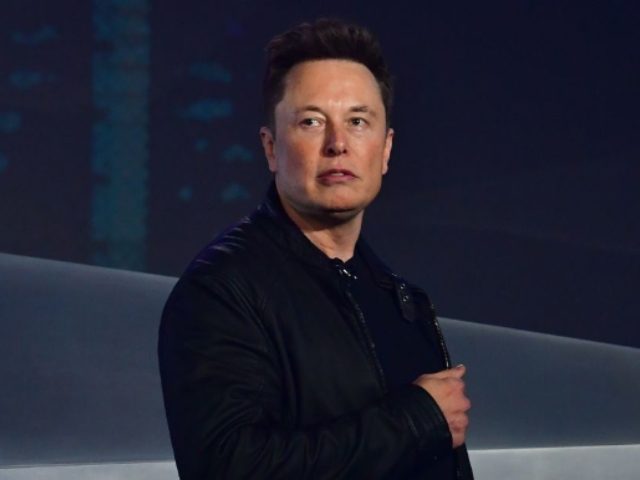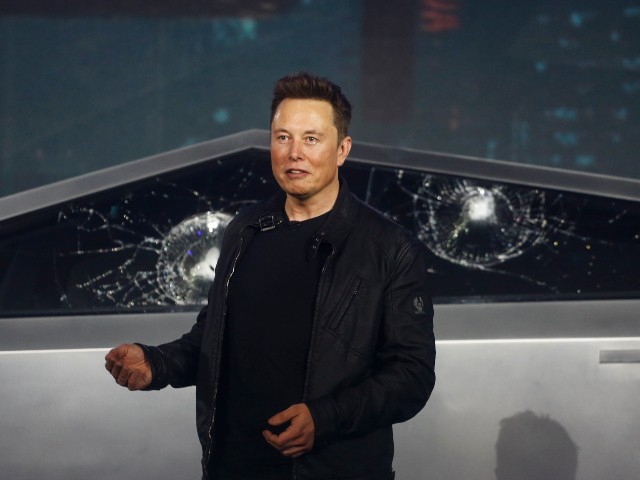A Tesla Model S utilizing the car’s “Full Self-Driving” mode reportedly caused a major crash in San Francisco on Thanksgiving day, just hours after Musk announced the North American rollout of the feature. The Tesla abruptly stopped on the San Francisco Bay Bridge, causing a crash involving eight cars that injured nine people including a two-year-old child.
The Intercept reports that nine people, including a 2-year-old child, were hurt in an eight-vehicle crash caused by a Tesla Model S on Thanksgiving Day on the San Francisco Bay Bridge. The collision happened as the car, which was utilizing Tesla’s “Full Self-Driving” feature, abruptly changed lanes and stopped in the bridge’s far-left lane.
The Tesla driver claimed that he had been utilizing the “Full Self-Driving” feature at the time of the collision, according to eyewitness accounts. This assertion has been supported by surveillance video of the incident that the Intercept was able to obtain under the California Public Records Act.
The footage was made public at the same time that Tesla’s “Full Self-Driving” feature was made available in North America. The feature was launched by Tesla CEO Elon Musk just hours before the accident, and he congratulated his team for reaching a “major milestone” in the process. According to the company, over 285,000 people in North America had access to the feature by the end of the previous year.
The National Highway Traffic Safety Administration (NHTSA) has started an investigation into the collision as a result of the incident. According to NHTSA data, 273 known crashes involving Tesla vehicles utilizing the “Autopilot” driver assistance system between July 2021 and June 2022 accounted for nearly 70 percent of the 329 crashes involving advanced driver assistance systems. Additionally, the majority of fatalities and severe injuries resulting from these kinds of accidents were also caused by Tesla vehicles.
19 people have died as a result of the 35 crashes that the NHTSA has looked into since 2016 and in which Tesla’s “Full Self-Driving” or “Autopilot” systems were probably a factor. As a result, questions have been raised about the dependability and safety of Tesla’s self-driving technology. Some have even argued that the use of the term “Full Self-Driving” is risky.
There have been an increasing number of reports in recent months of Tesla cars suddenly experiencing “phantom braking,” which causes the car to suddenly brake at high speeds. According to the Washington Post, the NHTSA received more than 100 complaints of this nature in a three-month period.
Other manufacturers and business organizations have expressed similar worries, and Google’s parent company Waymo announced that it would stop referring to its autonomous driving technology as “self-driving.” Waymo wrote in a blog post that “Unfortunately, we see that some automakers use the term ‘self-driving’ in an inaccurate way, giving consumers and the general public a false impression of the capabilities of driver assist (not fully autonomous) technology.” The post added: “That false impression can lead someone to unknowingly take risks (like taking their hands off the steering wheel) that could jeopardize not only their own safety but the safety of people around them.”
The Self-Driving Coalition for Safer Streets, the leading self-driving car lobbying organization, has also changed its name to the Autonomous Vehicle Industry Association to reflect its “commitment to precision and consistency in how the industry, policymakers, journalists, and the public talk about autonomous driving technology,” the group claims.
Tesla is under pressure to stand out as more conventional automakers enter the market for electric vehicles. Elon Musk claims the technology is “the difference between Tesla being worth a lot of money or worth basically zero.”
Read more at the Intercept here.
Lucas Nolan is a reporter for Breitbart News covering issues of free speech and online censorship. Follow him on Twitter @LucasNolan


COMMENTS
Please let us know if you're having issues with commenting.